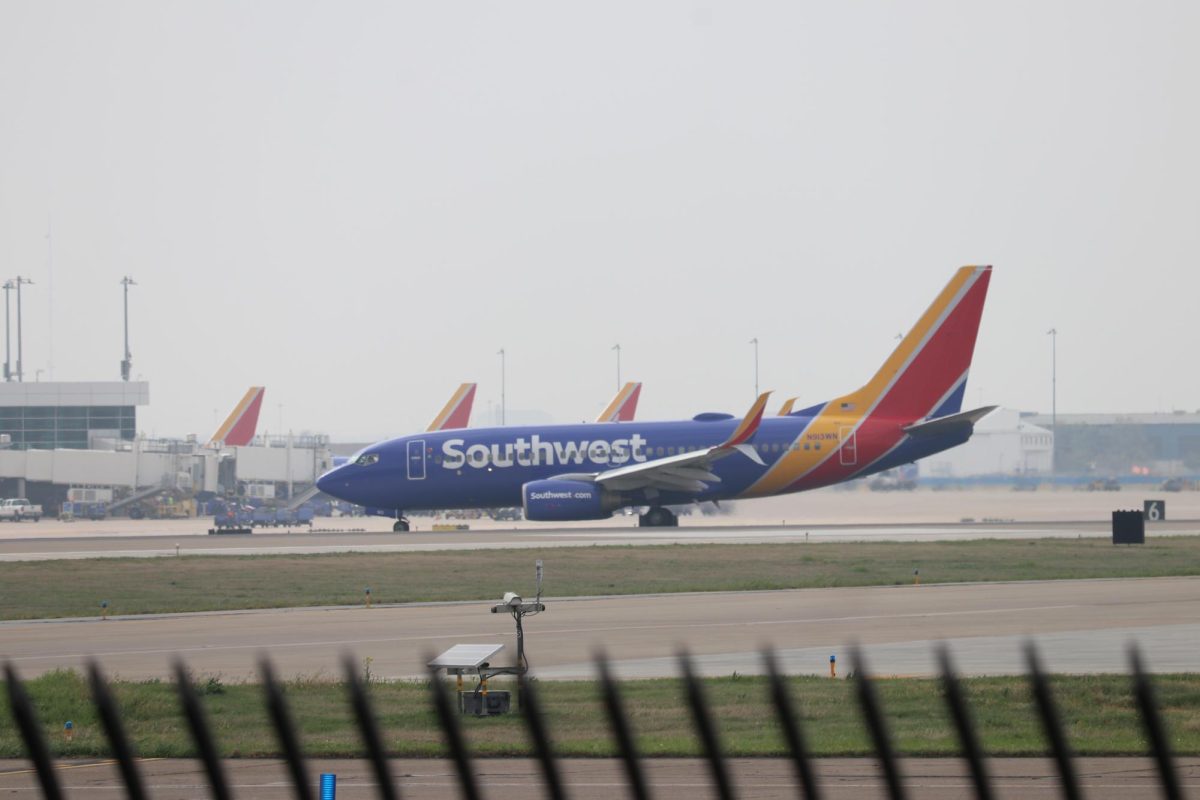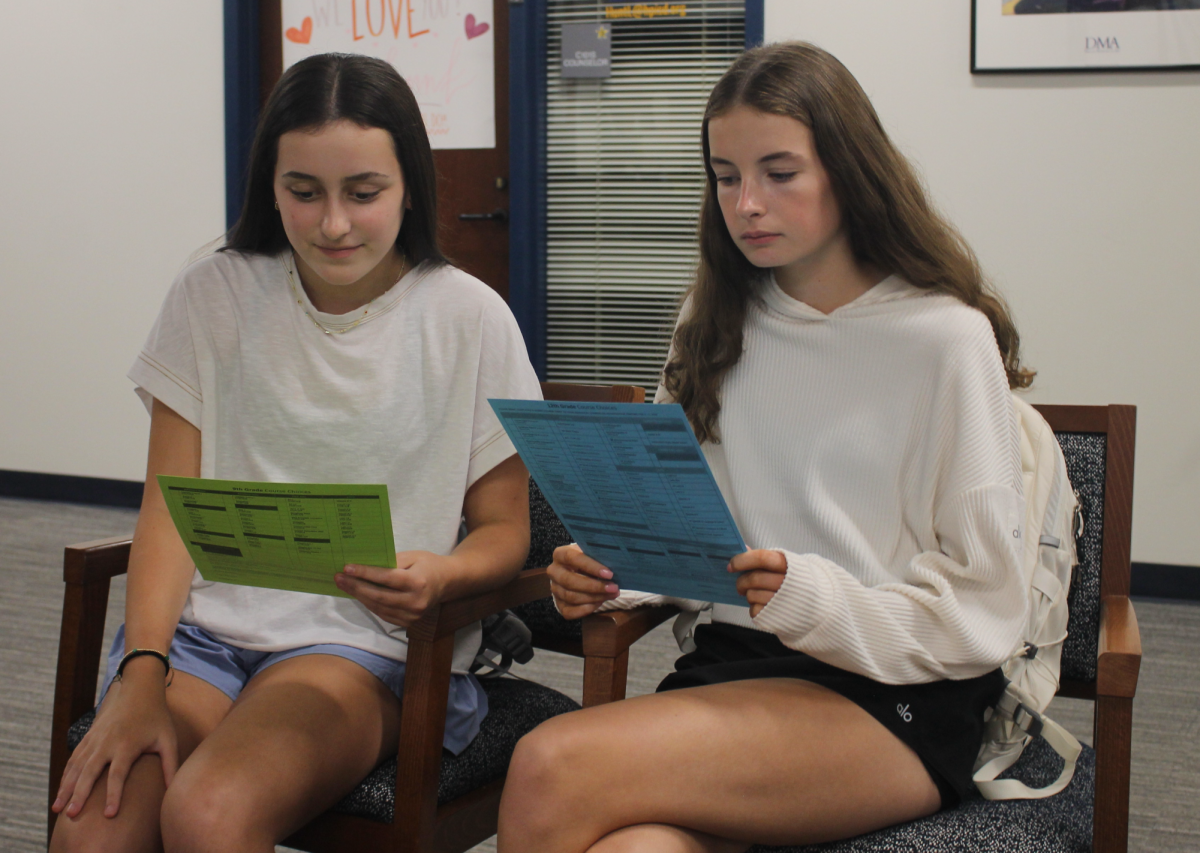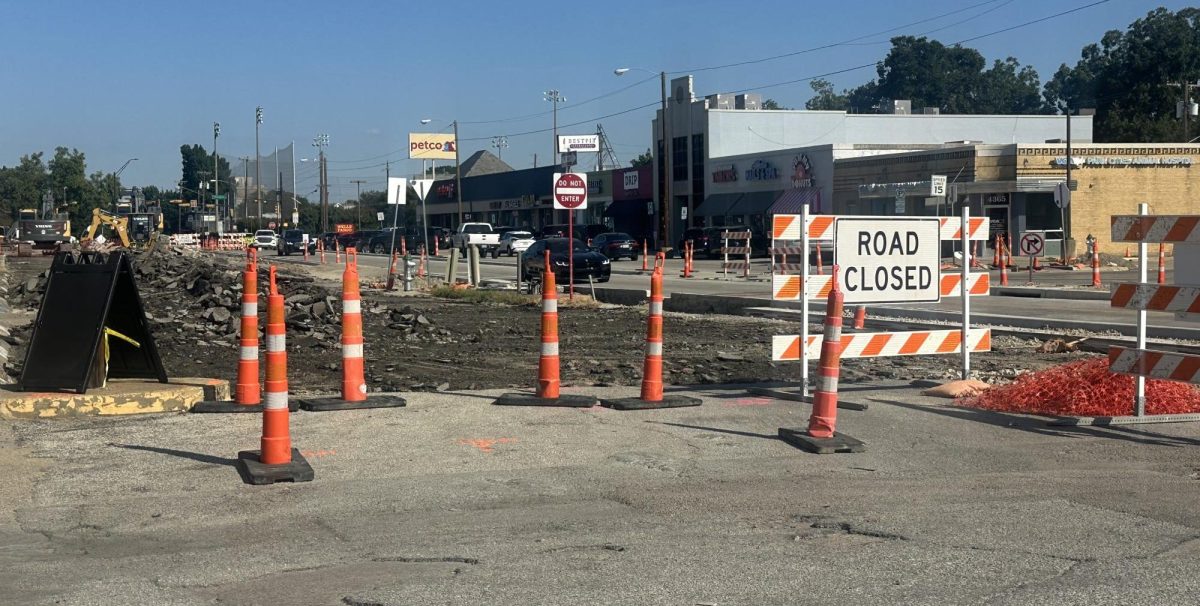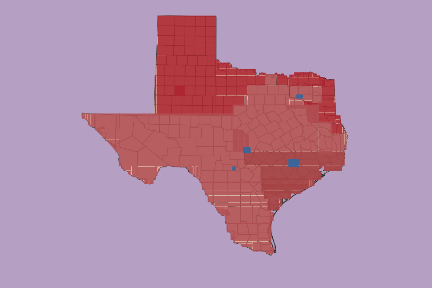Since the start of the year, there have been 94 air-related incidents across the globe. Naturally, that number has caused concern for some travelers. Yet statistically, flying remains the safest way to travel. The odds of dying in a plane crash are 1 in 13.7 million, compared to 1 in 101 for driving.
Still, even with the odds on their side, many people remain uneasy about flying. The fear is understandable—but often based more on perception than fact. What many don’t realize is the depth of the safety measures built into every flight, from pre-flight procedures to mid-air systems designed to prevent accidents.
“We have our procedures that are aligned in our operating manual, and those include a walk-around of the aircraft, which means that we walk around to ensure that there’s nothing broken or missing on the plane,” Allied Pilots Association and American Airlines pilot Nick Silva said.
Pilots are trained to handle any emergency, both on the ground and in the air. Meanwhile, airlines must meet strict federal requirements set by the Federal Aviation Administration (FAA), which dictate how aircraft are to be maintained and operated.
“When we get into the flight deck, we ensure that we follow a pre-departure checklist that involves making sure our navigation system is working correctly and all the systems in the aircraft are functioning.” Silva said.
And those walk-arounds and system checks are just the beginning. Planes themselves undergo rigorous stress testing during construction—long before they ever carry passengers.
“All of the wings on the airplane have been tested, and what they do is actually bend. They go out to the outer tip of the wing, and they bend it up a lot of times up to, like, a 90° angle. That’s how much force those wings can take before they break off,” Silva said. “So, the fear is normal because the feeling is odd, but the fear of anything actually bad happening with the aircraft, I think, is highly unlikely.”
In-flight, aircraft are guided by layers of safety systems. One of the most important is TCAS—the Traffic Collision Avoidance System—which prevents mid-air collisions by keeping planes a safe distance from one another. There’s also the Ground Proximity Warning System (GPWS), which alerts pilots if they’re too close to terrain.
“This advanced TCAS system is able to perform what’s called an RA, or a resolution advisory,” said Field Parsons, a Southwest Airlines pilot and HP graduate. “Let’s say you have two airplanes on a collision course. If both airplanes—or even just one—have this advanced TCAS, it can command a climb or descent. The two radios will actually talk to each other autonomously, and they’ll tell one airplane to climb and one to descend, which is really neat.”
This is still just barely scratching the surface of airplane safety. Even amid air travel anxiety, passenger planes still remain by far the most advanced and safest option for transportation.
“For any company that operates as an airline and sells tickets in the United States, there is a whole book of federal regulations outlining how aircraft are to be maintained,” Parsons said.
In recent decades, those safety regulations have only grown tighter. Organizations like the Allied Pilots Association have pushed for stronger standards, and it shows. The safety record of air travel has improved dramatically since the early days of jet aviation, and will likely continue to improve as technology advances.
“Throughout the years, the safety records and accountability for aviation safety have improved incredibly. Back in the ’60s and ’70s, when jet aviation was first starting, there was a lot less structure behind aircraft reliability and aviation safety. Over the years, there has been a huge push to hold companies to higher standards,” Parsons said.
















